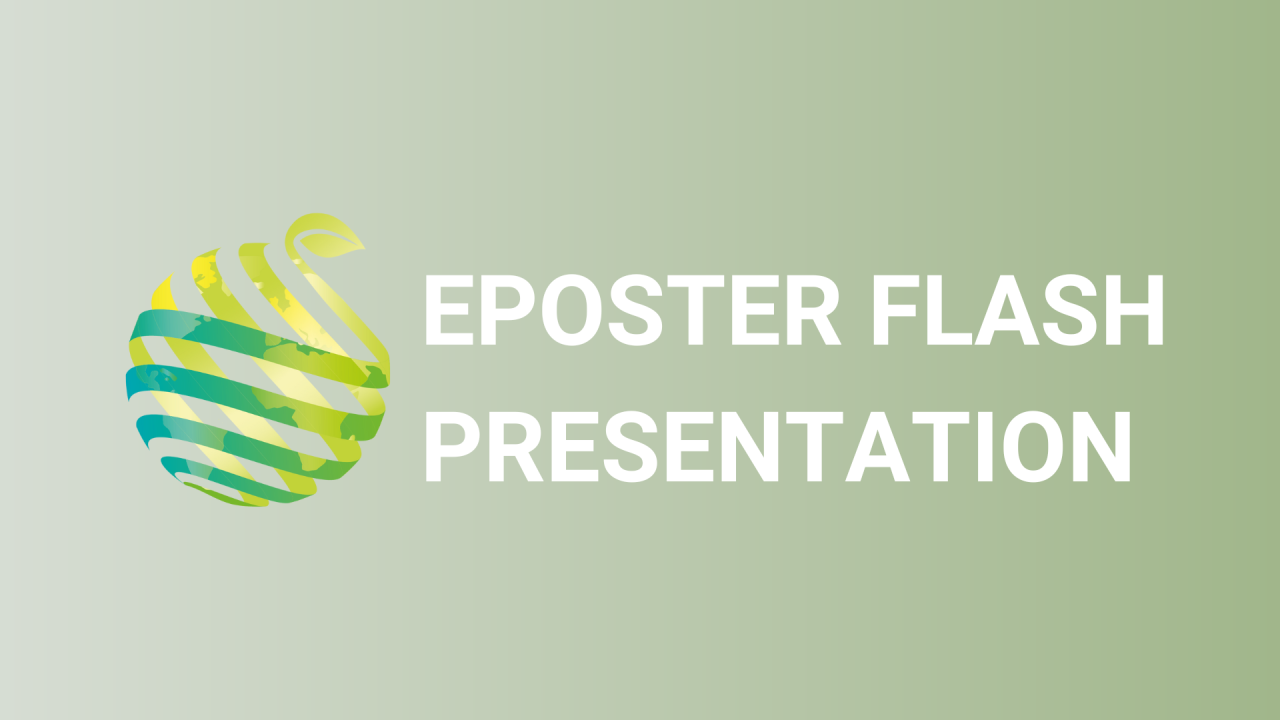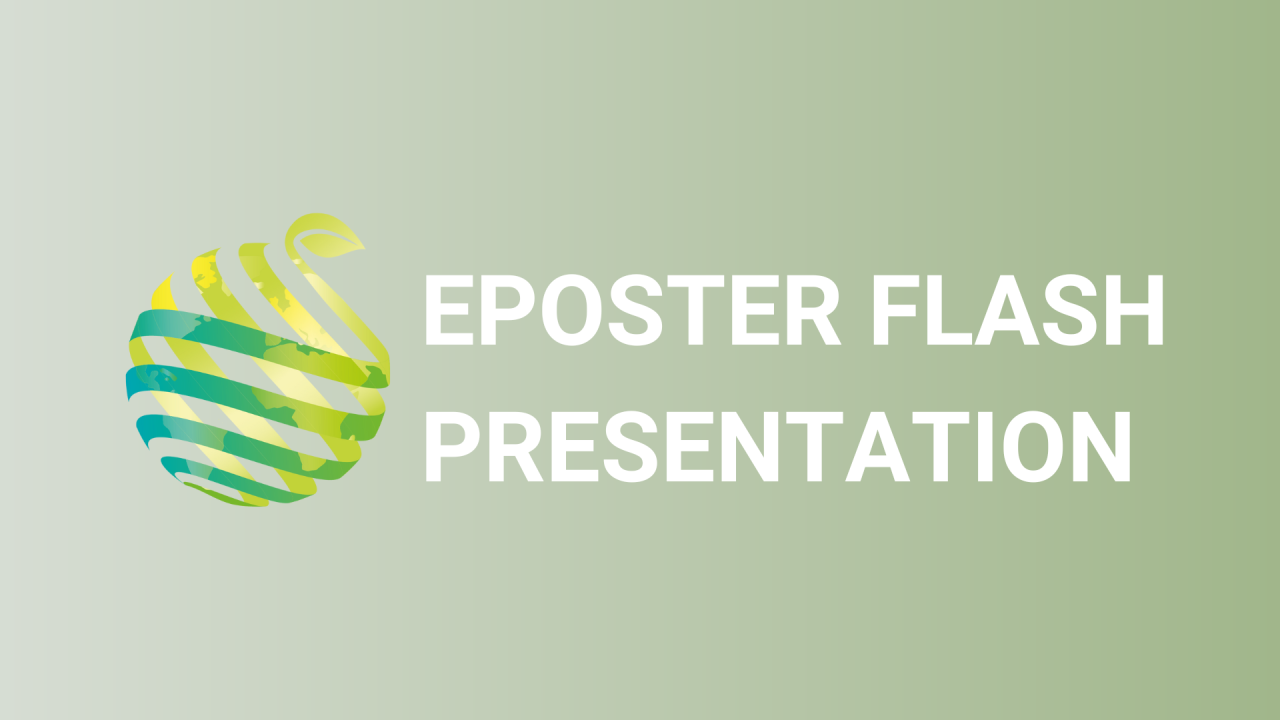

S01 - Session P2 - SNP and haplotype-based genomic prediction of fruit firmness and soluble solids content in sweet cherry (Prunus avium)
Information
Authors: Norman Munyengwa *, Peace Cameron, Daniel Ortiz-Barrientos, Natalie Dillon, Alexander Myburg, Craig Hardner
Genomic prediction has proved to be an effective way to estimate breeding values and improve selection efficiency in both plant and animal breeding. The use of haplotypes in genomic prediction instead of the widely used individual bi-allelic SNPs may improve genomic prediction accuracy due to higher probability of complete linkage disequilibrium (LD) between haplotypes and causative quantitative trait loci (QTLs), and more accurate estimation of realized relationships between pairs of individuals. The objective of this study was to evaluate the predictive ability (PA) of GBLUP models that fit ancestral recombination-based haplotypes or individual SNPs. A sweet cherry breeding population of 340 individuals with phenotypes for soluble solids content (SSC) and fruit firmness were used for this study. A total of 1617 high-quality SNPs were obtained from the Sweet Cherry 6K Array using a multi-step workflow that is based on inheritance principles. The 1617 SNPs were phased using FlexQTL and haploblock borders were determined using Visual FlexQTL in which haploblocks were defined as regions of no recombination in the selected material. Five-fold cross-validations were performed to compare the predictive ability of GBLUP models that included 2,087 haplotypes defined using ancestral recombination information versus GBLUP models that included the effects of individual SNPs. However, we found little difference in PA from either method with a PA of 0.80 for SSC using haplotypes compared with 0.79 with individual SNPs, and a PA of 0.88 for fruit firmness with individual SNPs compared with 0.87 with haplotypes. Further research will be undertaken to compare these models for traits with lower heritability and in populations with different structures.